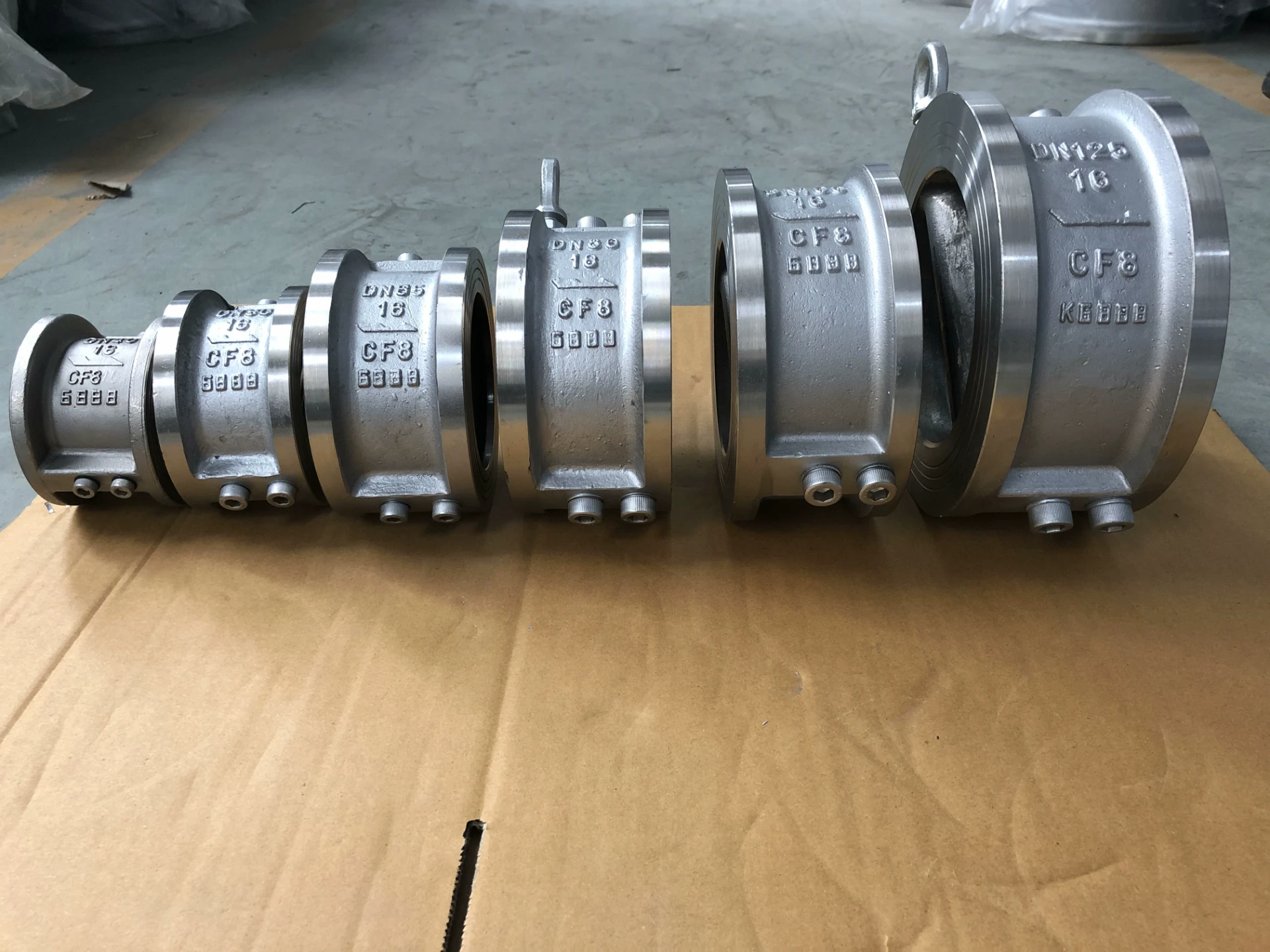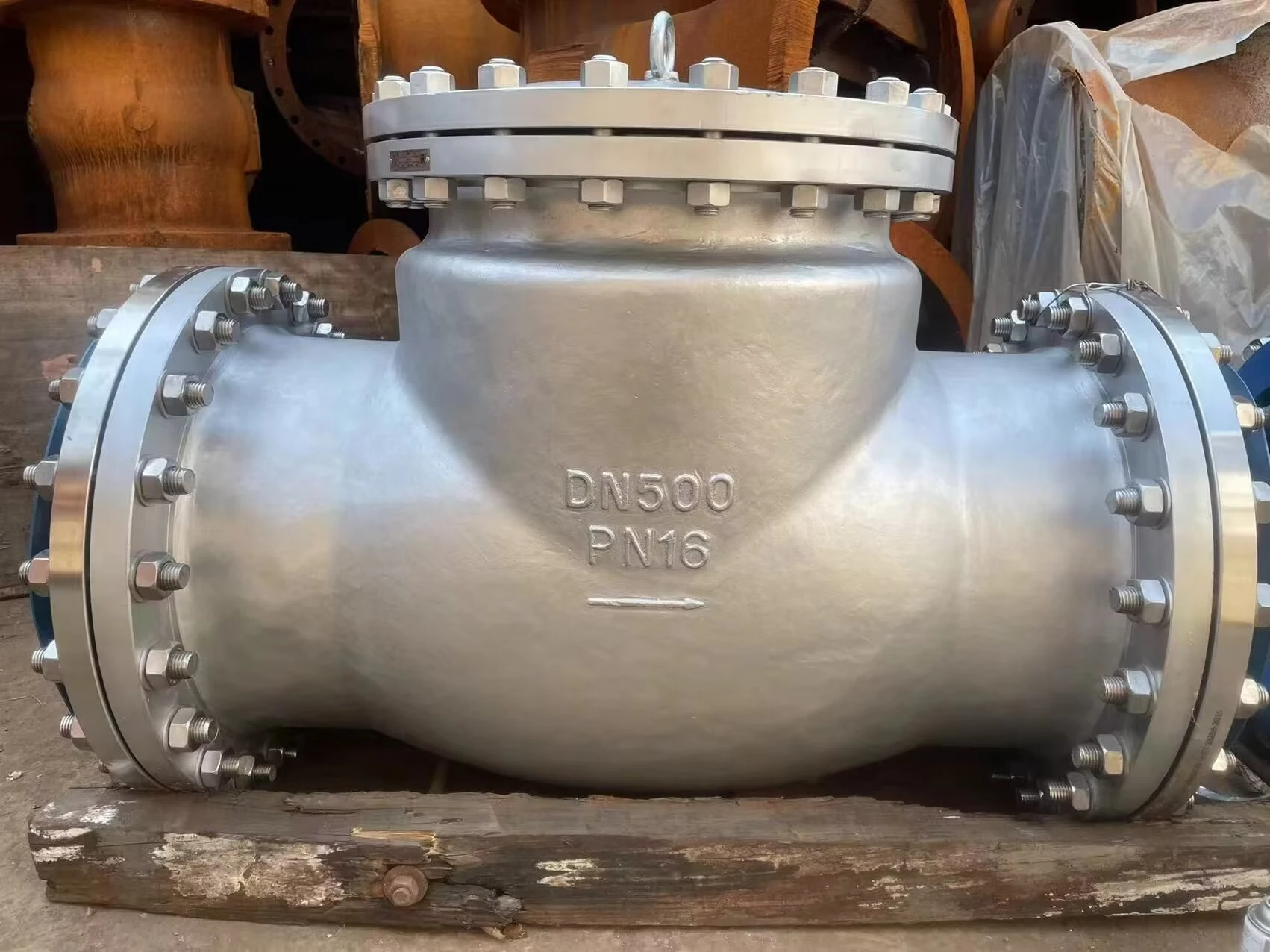Jan . 09, 2025 10:45
Back to list
F943CX Electric blind valve
Check valves are integral components in a variety of industrial and domestic systems, playing a critical role in fluid control. These devices, also known as one-way valves, allow fluid, whether liquid or gas, to flow through them in only one direction. This capability prevents backflow, a common issue that can cause system inefficiencies or failures.
When selecting a check valve for a specific application, consider factors such as the type of fluid, temperature, pressure, and potential presence of solids or abrasives. Experience has shown that neglecting to properly match a check valve's specifications to its operational conditions can lead to premature valve failure or inefficient system performance. For example, in slurry systems, using a ball check valve with a soft material ball can minimize damage from particulate matter. Additionally, installation and maintenance play substantial roles in the performance of check valves. Incorrect installation can lead to problems such as water hammer or excessive pressure drop, both of which can deteriorate system efficacy. Meanwhile, regular maintenance, including inspections for wear and the deposition of materials, helps ensure that valves continue to function optimally. Insights drawn directly from industry usage highlight the importance of integrating check valves within the broader context of system design. An adept designer will incorporate check valves not merely as components but as critical elements that affect overall system reliability. Consultation with valve experts is recommended for complex systems, where precision in valve selection and usage can mean the difference between seamless operation and costly breakdowns. In conclusion, check valves, with their diverse applications and crucial role in preventing reverse flow, are fundamental to any fluid control system. Their design, construction, and integration must be approached with a profound understanding of both their mechanical properties and the specific needs of the system they will serve. This combination of knowledge and practical application ensures not only optimal performance but also aligns with the highest benchmarks for safety and efficiency.


When selecting a check valve for a specific application, consider factors such as the type of fluid, temperature, pressure, and potential presence of solids or abrasives. Experience has shown that neglecting to properly match a check valve's specifications to its operational conditions can lead to premature valve failure or inefficient system performance. For example, in slurry systems, using a ball check valve with a soft material ball can minimize damage from particulate matter. Additionally, installation and maintenance play substantial roles in the performance of check valves. Incorrect installation can lead to problems such as water hammer or excessive pressure drop, both of which can deteriorate system efficacy. Meanwhile, regular maintenance, including inspections for wear and the deposition of materials, helps ensure that valves continue to function optimally. Insights drawn directly from industry usage highlight the importance of integrating check valves within the broader context of system design. An adept designer will incorporate check valves not merely as components but as critical elements that affect overall system reliability. Consultation with valve experts is recommended for complex systems, where precision in valve selection and usage can mean the difference between seamless operation and costly breakdowns. In conclusion, check valves, with their diverse applications and crucial role in preventing reverse flow, are fundamental to any fluid control system. Their design, construction, and integration must be approached with a profound understanding of both their mechanical properties and the specific needs of the system they will serve. This combination of knowledge and practical application ensures not only optimal performance but also aligns with the highest benchmarks for safety and efficiency.
Next:
Latest news
-
Breakthrough in Domestic Low Temperature Valve Technology in ChinaNewsAug.18,2025
-
From Machinery to Intelligent Brain: The Digital Transformation Wave of the Valve IndustryNewsAug.18,2025
-
PCVEXPO 2025NewsAug.18,2025
-
The Key to Fluid Control: Exploring the Advantages of Ball Valves in Industrial SystemsNewsJul.09,2025
-
The Versatile World of 1, 2, and 3 Piece Ball ValvesNewsJul.09,2025
-
Stainless Steel Ball Valves: The Ideal Choice for Efficient Flow ControlNewsJul.09,2025
-
Optimizing Fluid Control with Ball Float ValvesNewsJul.09,2025




